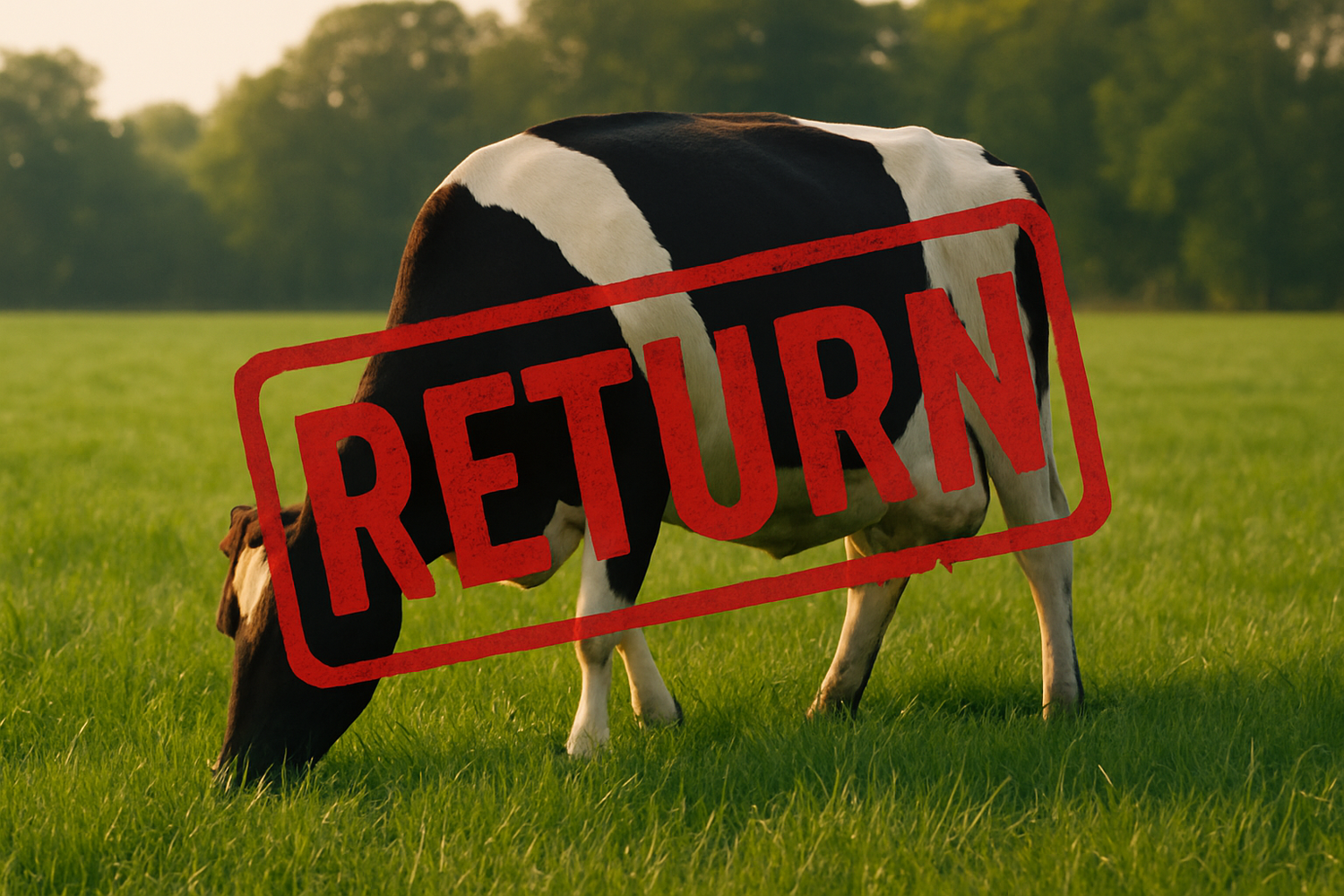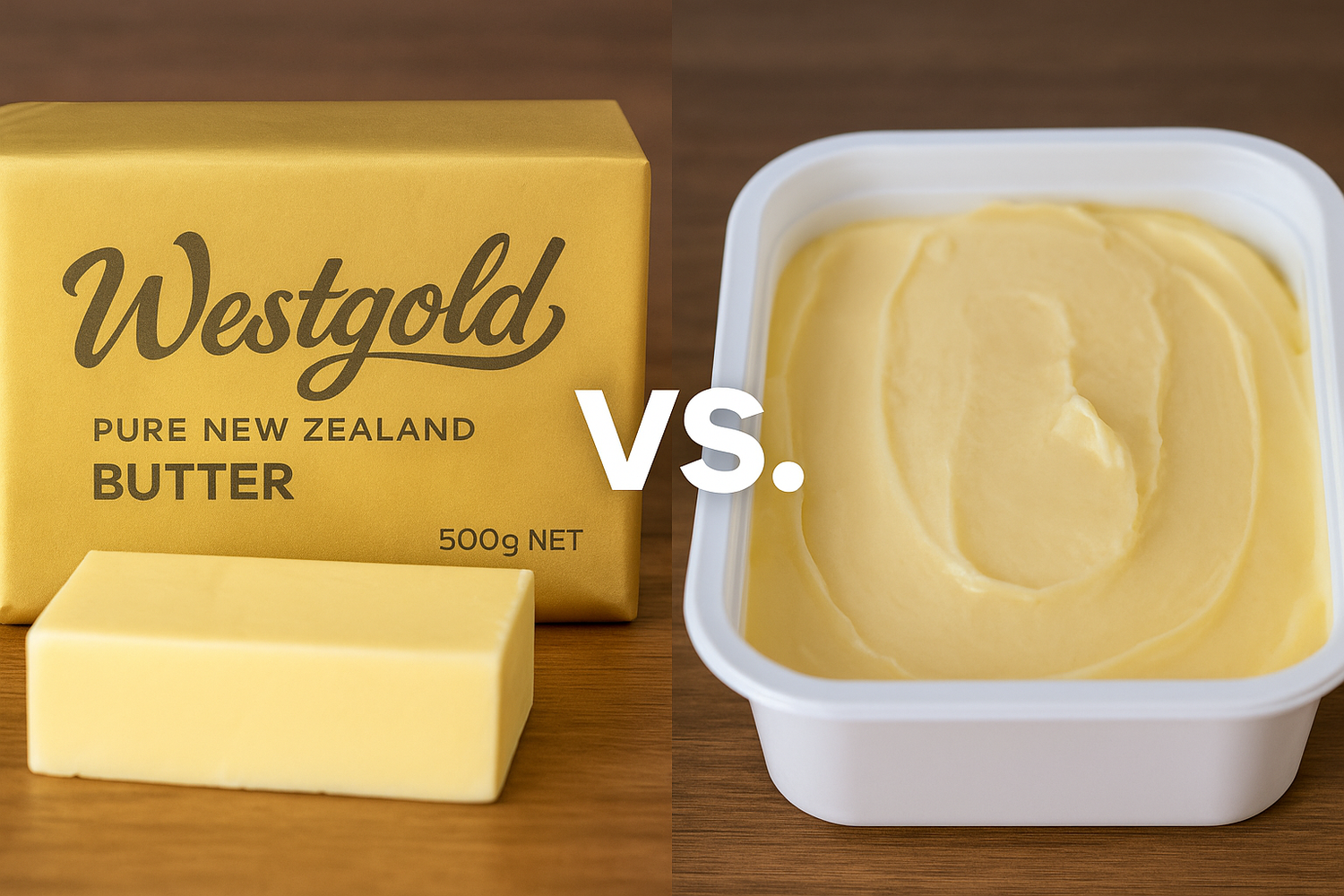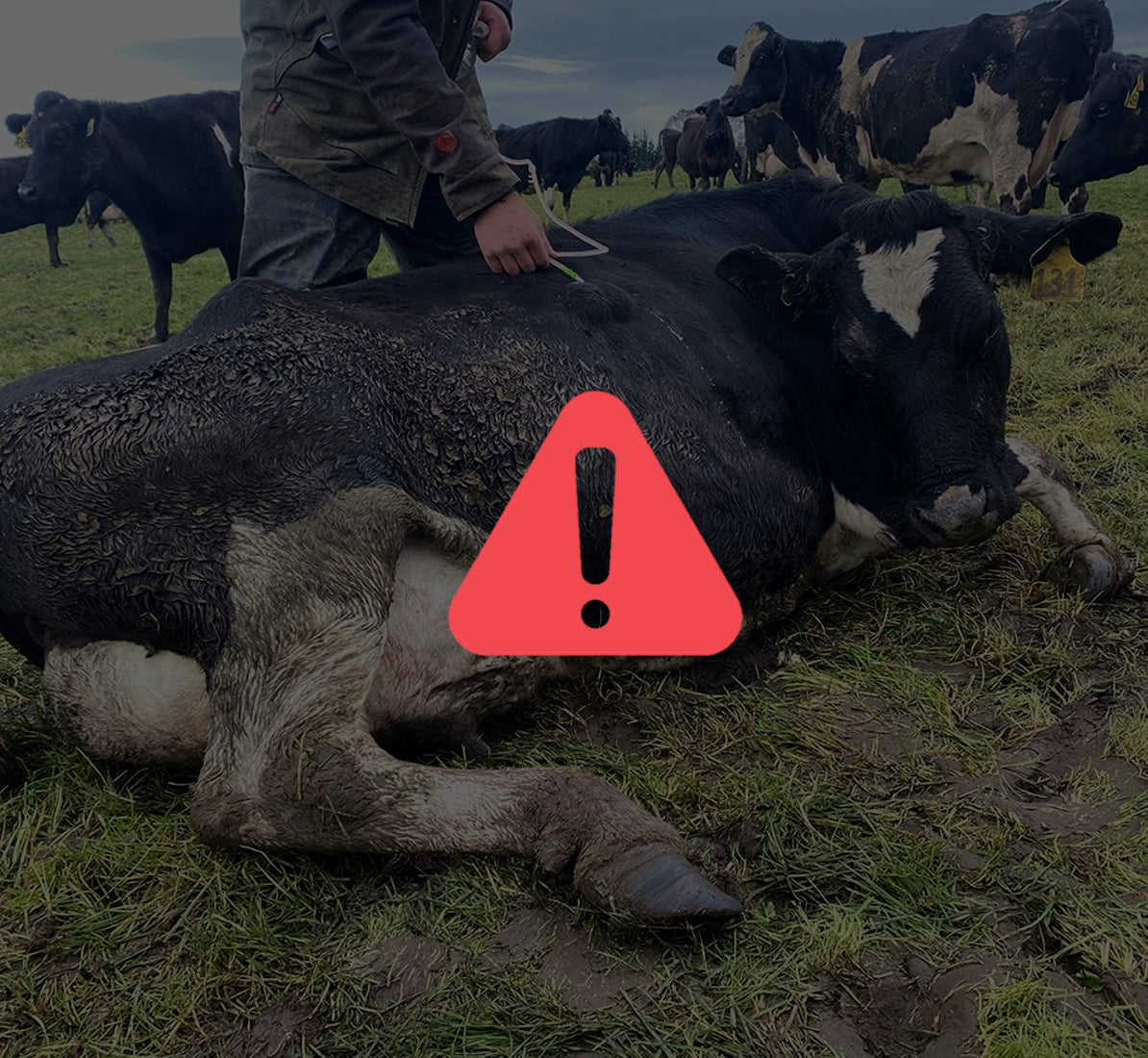Forage Balancer® is designed to do exactly as the name suggests. It balances deficiencies in forage for ruminants.
The ideal nutritional requirements for ruminant animals at various stages of production are well established and through simple forage testing we can easily identify those deficiencies. As an off the shelf formulation, Forage Balancer® is designed to complement the common deficiencies in forage based feeds. So how does it do that?
Forage Balancer® provides macro minerals, trace elements and vitamins, all contained in a carbohydrate base. So let's look at each category. The first thing to consider when balancing a ruminant diet is to remember we are feeding ruminal microbes. The greater the population of ruminal microbes the greater the production of microbial protein and volatile fatty acids.
Besides a stable environment, the primary driver of ruminal microbe populations is glucose availability. Whilst they can use other fuel sources, their primary fuel source is glucose.
Let's consider this in context. A yearling heifer eating 6kgDM spring pasture. We have done thousands of feed tests over the years and sugar content can vary hugely, from as low as 2% through to 12 or 13%. Let's take an average of 6% for this example. These heifers are consuming 360g of sugar.
The equivalent sugar component in Forage Balancer® ranges from 30 to 45% depending on the product, so lets work at the lower end and say 30%. That's 30g of additional sugar available to rumen microbes in a 100g dose or an increase of 8.5%. At the higher end of our formulations it represents an increase of 18%. 8.5% doesn't sound much does it.
But let's consider where that sugar in our forage is located, it's in the plant cells and microbes have to break down those cellular structures to access it, this in itself requires glucose. Now consider the glucose availability in Forage Balancer®.
It's directly available to microbes and will immediately support growth in microbial population. This in itself means more microbes to access the sugar and nutritional content of the forage. Think of it like starting an engine with the choke on to get it running.
Macro Minerals for dairy stock
Efficient conversion of pasture into production, be it growth or lactation, requires the right balance of macro minerals. The level of macro minerals available in pasture will vary greatly but we are yet to see one that is fully balanced. Even when we have sufficient levels of Ca or Mg for example this will often be countered by an over supply of K.
Let's take our yearling heifer example again. 300kg liveweight, eating 6kgDM and growing at 700g / day. The chart below shows her macro mineral requirements vs a typical spring pasture test. You can see that supply vs requirement is not even close to balancing, so bringing additional macros into their diet on a daily basis is hugely beneficial for health, growth and feed efficiency.
The values used for pasture mineral levels is the average of 5 random spring pasture samples from our database for illustrative purposes only.

You can see that supply vs requirement is not even close to balancing, so bringing additional macros into their diet on a daily basis is hugely beneficial for health, growth and feed efficiency.
Trace Elements for dairy cows
The importance of supplementary trace elements for health, immunity, production and reproduction is not really debatable. There is significant trial work both locally and internationally showing the benefits of trace element supplementation. The question isn't really should we supplement with trace elements, but rather how should we supplement with trace elements.
Trace elements are required for multiple cellular and bodily functions, too many to list here, and they are needed on a daily basis. As with our macro minerals, our pasture based diets are often deficient and certainly not balanced for trace elements. Regular daily low level supplementation helps maintain levels to meet the requirements for immune system development, growth, general health, lactation and reproduction.
During times of stress the requirements for trace elements can dramatically increase due to a stimulated immune system response. Forage Balancer® still allows room for additional treatment if required, either prior to, or during high stress events, with injectable products for example.
Vitamins for dairy cows
Vitamins are not regularly supplemented in New Zealand pastoral systems but they have a crucial role to play in health, immune system development and function, energy metabolism, epithelial integrity, mineral absorption and mobilisation, antioxidants, hormone production and so on.
Vitamins A, D and E are included in all Forage Balancer® products with B1 included in Forage Balancer®– Weaner. So why Vit A and E? – We usually have good levels in green grass, or at least good levels of the precursors, and we get Vit D from the sun.
From our perspective it's pretty simple. These elements are so important to health that it's not worth taking the risk that we are under supplying them and there are many factors that can create an under supply situation.
New Zealand feeding regimes can pose significant challenge to the epithelial integrity of the gastrointestinal tract, from low dry matter pasture to High N pasture, poor quality silages, parasites and mycotoxins, these all present challenges at different times of the year.
The first of these factors is the high water and nitrogen content of our pastures. High N in particular can significantly impact the conversion of Beta Carotene into Retinol and it can also limit the uptake of Vit E. The second factor for consideration is the poor stability of vitamins in conserved or concentrate feeds such as silages and silo blends.
Where we have diets with less green pasture and more silage or concentrate, it is important to supplement with vitamins. Vit A is crucial to supporting the epithelial lining that is our first line of defence against these dietary challenges. Similarly the importance of powerful antioxidants like Vit E are crucial to manage the oxidative stress of high performance or disease or stress challenges.
Whenever we are supplementing Vit A or Vit E we need to include additional Vit D, as they can influence the absorption and the bioavailability of Vit D.
In summary
The Forage Balancer® range of products are designed to suit a wide variety of grazing situations where we know there will be an imbalance that will hinder health and performance.
Situations where pasture sampling and bespoke additive solutions are not required but a general 'catch all' approach will help to improve rumen health, feed conversion efficiency, immune system development and function and overall health and performance.





